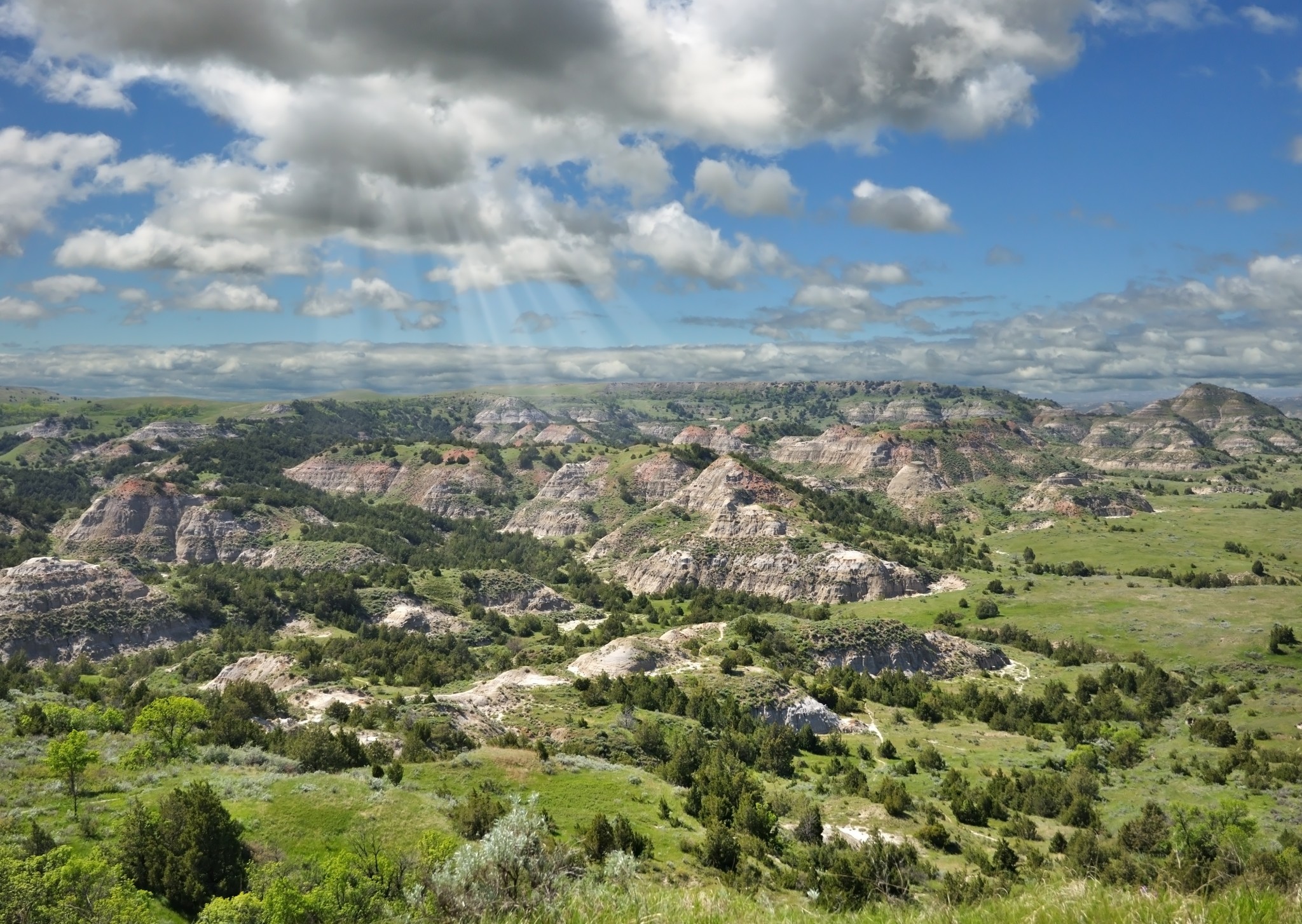Federal Cannabis Policy Regarding Native American Sovereign Tribal Lands
This post was co-written by Adam Moody, Senior Consultant at MJ Legal, PC
Native Indian nations indigenous to this country, despite the numerous challenges facing their communities, enjoy a unique position within the American political system. A federally recognized tribe is a Native American or Alaska Native tribal entity that is recognized as having a government-to-government relationship with the United States, as defined by the United States Department of the Interior, Bureau of Indian Affairs. There are currently 566 federally recognized tribes. From 1778 to 1871, this relationship was largely defined by a treaty process, which recognized and established a unique set of rights, benefits, and conditions for possession of nationhood status under federal law. In 1831, The Supreme Court affirmed this position by stating, “that tribes pose a nationhood status and retain inherent powers of self-government.” (Cherokee Nation v. State of Georgia).

The legal obligation binding Indian nations to the United States are defined by the Federal Indian Trust, in which the United States “has charged itself with moral obligations of the highest responsibility and trust” towards the Indian Nations of America. The full story of the Federal Indian Trust can be found here as developed by the US Supreme Court cases of Worcester v. State of Georgia (1832) and United States v. Mitchell (1983), and the 9th Circuit case of North Cheyenne v. Hodel (1988). According to the Department of Indian Affairs, “the Federal Indian Trust responsibility is also a legally enforceable fiduciary obligation on the part of the United States to protect tribal treaty rights, lands, assets, and resources, as well as a duty to carry out the mandates of federal law with respect to American Indian and Alaska Native tribes and villages.” The legal basis for both challenges to and protections of the Federal Trust Program can be found here. Tribal sovereignty is a means by which to prevent further encroachment by other sovereigns, i.e. the states and the federal government. Tribal sovereignty also ensures that decisions about the tribes with regard to their property and citizens are made with their participation and consent. This relationship has important implications when it comes to the developing marijuana markets.
The Justice Department announced in a memo issued last October that it would no longer prosecute federal laws regulatingthe growing or selling of marijuana on reservations, even when state law bans the drug. Timothy Purdon, the U.S. attorney for North Dakota and the chairman of the attorney general’s subcommittee on Native American issues affirmed this stance in an interview with the Los Angeles Times, stating, “that federal prosecutors will not enforce federal pot laws as long as reservations meet the same guidelines as states that have opted for legalization.” He continued by stating that the federal government would also support any ban by tribes within states that have legalized recreational use. In other words, the Federal Government is ceding decision authority to the tribal governments. Tribes will be required to follow the same guidelines as states for the non-diversion of product but will have under entirely different burdens when it comes to taxation, which raises further questions about relative positioning within the market versus state-contained entities.

Since the announcement by the Justice Department late last year, over 100 tribes have expressed interest in pursuing marijuana facilities on tribal land. In South Dakota, where cannabis is still illegal at all levels, the Flandreau Santee Sioux Tribe took the trail blazing step to legalize recreational use for all adults over 21 and medical use for those under the age of 21. Meanwhile in California, The Torres Martinez Desert Cahuilla Indians recently entered into a partnership with Red Crow, a Native-owned cannabis company that designs, builds, manages, and finances marijuana growing facilities for medical purposes. Cultivation operations have already begun construction across the country on various tribal lands including a new facility in Santa Rosa, California called Santa Rosa Farms. These multi-million dollar investments into tribal economies are expected to support tribal financial independence while also creating hundreds of jobs. The Federal government’s position regarding medical cannabis on tribal land has effectively given some Native American tribes in California a temporal advantage to realize a position in the developing and rapidly expanding legal cannabis markets. What remains to be seen is whether this initial advantage can be maintained once open markets within the states begin to compete.